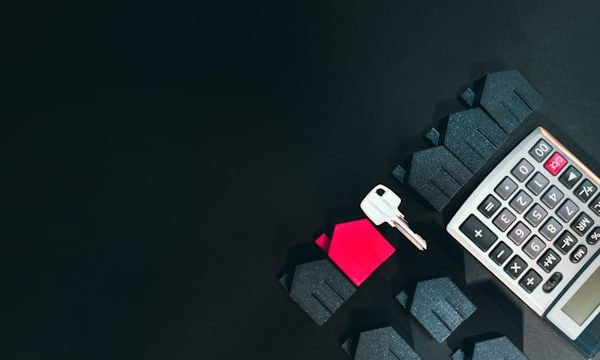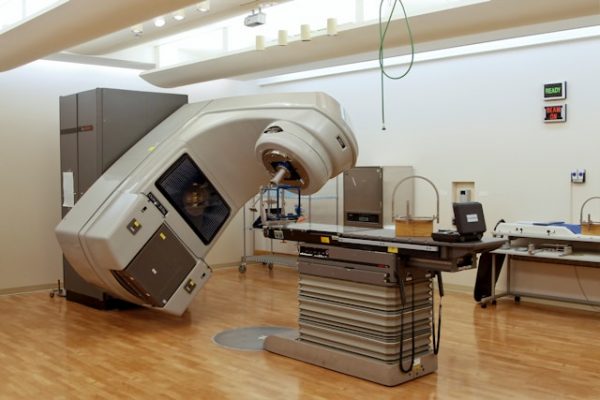Facial recognition technology is rapidly transforming business security and operations. From enhancing security measures to streamlining customer service, the applications are vast. However, navigating the market and selecting the right system for your specific needs can be daunting. This guide provides a framework for choosing a facial recognition video surveillance system tailored to your business requirements, budget, and security priorities.

Defining Your Needs
Before diving into the technical specifications, it’s crucial to pinpoint what you want to achieve with facial recognition. Ask yourself these questions:
- Security Enhancement: Is your primary goal to deter theft, identify unauthorized access, or monitor specific areas?
- Customer Service: Do you envision using facial recognition for personalized greetings, loyalty programs, or targeted advertising?
- Operational Efficiency: Could facial recognition automate time and attendance tracking, access control, or other processes?
- Scalability: Do you anticipate needing to expand the system in the future?
Budget Considerations
Facial recognition systems can range from affordable off-the-shelf solutions to complex, enterprise-grade setups. Establish a realistic budget early on. Remember to factor in not just the initial hardware and software costs, but also ongoing expenses like maintenance, software updates, and potentially cloud storage.
Key Features and Criteria
Once you have a clear understanding of your needs and budget, you can start evaluating specific systems based on these key features:
Accuracy and Speed
The system’s ability to accurately and quickly identify faces is paramount. Look for systems with high accuracy rates and low false positive/negative identification. Consider the environment where the system will be deployed – lighting conditions, camera angles, and potential obstructions can impact performance. I remember setting up a system in a dimly lit store, and the accuracy was terrible until we upgraded the lighting. Live demonstrations and trials are essential to assess real-world performance.
Integration Capabilities
Seamless integration with your existing security infrastructure is crucial. Check if the system is compatible with your current cameras, access control systems, and other security software. This can save you significant costs and headaches down the line. We once had a client who insisted on a specific system, only to discover it wouldn’t integrate with their existing cameras – a costly mistake.
Data Storage and Management
Facial recognition systems generate a significant amount of data. Consider how the data will be stored, managed, and accessed. Cloud-based storage offers convenience and scalability, while on-premise storage provides greater control over data security. Ensure compliance with relevant data privacy regulations like GDPR.
Scalability and Flexibility
Choose a system that can grow with your business. Consider the number of cameras, users, and locations you may need to support in the future. A modular system allows for easy expansion and customization. This is especially important for businesses expecting rapid growth. It’s much easier to scale up a system from the start than to replace it entirely later.
Vendor Reputation and Support
Partnering with a reputable vendor with a proven track record is essential. Look for vendors who offer comprehensive training, technical support, and ongoing maintenance. Check online reviews and testimonials to gauge customer satisfaction. A reliable vendor can make all the difference in the long run.
Security and Privacy
Facial recognition technology raises important ethical and privacy concerns. Ensure the system you choose complies with all relevant regulations and best practices for data security and privacy. Transparency with your customers and employees about how their data is being collected and used is crucial for building trust.
Selecting the right facial recognition video surveillance system requires careful consideration of your specific business needs, budget, and security priorities. By focusing on key features like accuracy, integration capabilities, data management, and vendor reputation, you can make an informed decision that enhances security, improves operations, and respects privacy.
What are your biggest concerns about implementing facial recognition in your business? Share your thoughts in the comments below!




